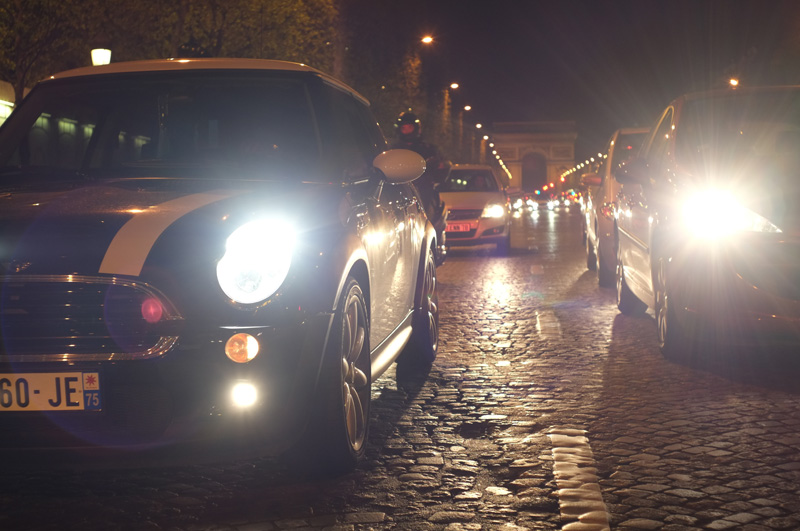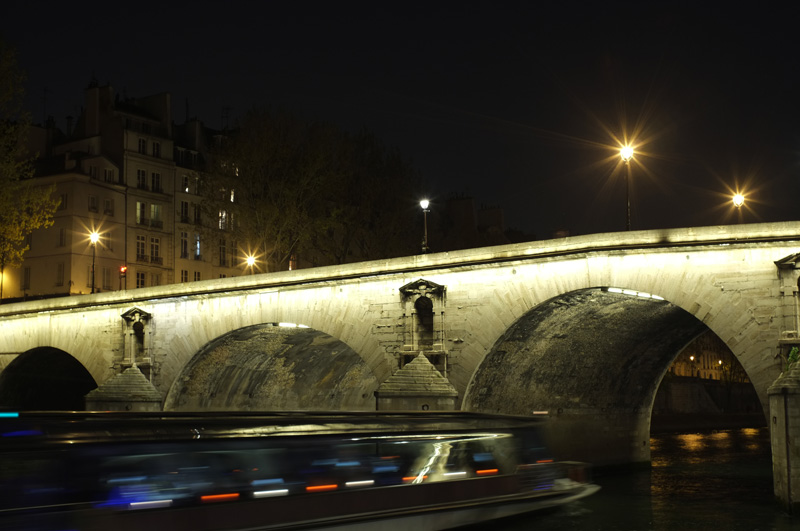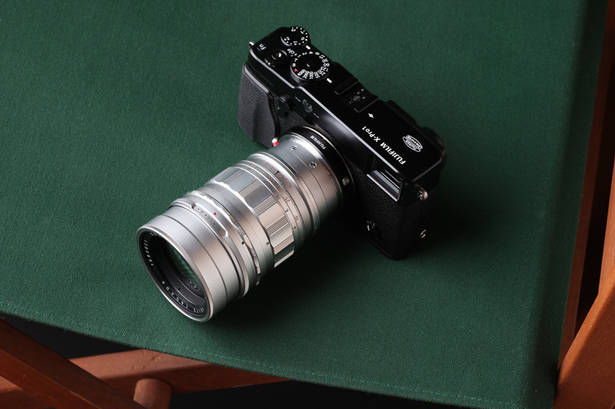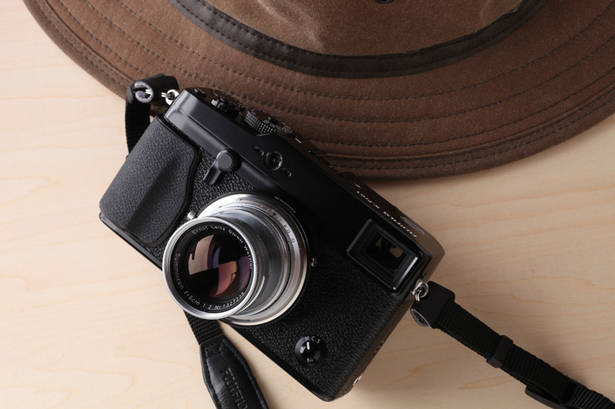
M Mount adapter review by Norifumi Inagaki
Norifumi Inagaki
Born in Tokyo in 1970, Norifumi Inagaki worked part-time in a newspaper photo publishing department before becoming a freelance photographer. Beginning with China's Silk Road, he has visited over 50 countries and regions, including Antarctica. His publications include a collection of photos, Tairiku Rōnin (Wanderer of the Continents), and the photo essay Tabi, Tokidoki Leica (Travel, and Sometimes Leica). He is a member of the Japan Photographic Society.
Leaving color temperature uncorrected produces colors like those seen by the naked eye. The X‑Pro1’s excellent high ISO sensitivity performance permits hand-held photography even under low light.
Older lenses do not handle backlighting well, but the resulting flare and ghosting—seen here in the headlights—are employed to good effect in this shot of cars waiting for the light to change.
This photo was taken with a streetlight just outside the frame. The area around the light source is unaffected and captured perfectly.
This piece was shot at the lens’ minimum focus distance of 70 cm. I set white balance to “cloudy” to bring out the vivid hues of the bell peppers.
Despite having been photographed in a low-contrast alleyway, the letters on the menu board are sharp enough to be read.
A moody crop that uses warm incandescent lighting to advantage.
I choose a shutter speed of 1/2 s to ensure that the details of the boat are visible. I used auto white balance for neutral colors.
I set white balance to “sunlight” and got just the colors I wanted with the blue twilit sky and the tower lit by warm incandescent lights.
Comments
The M‑mount adapter lets users of older lenses experience the high ISO sensitivity and rich color reproduction of the X‑Pro1.
The first generation of Leica M‑mount lens was produced in the 1950s. Manufactured in the golden age of black-and-white film, these lenses are noted for the richness of their image reproduction.
I stopped aperture down two or three stops from maximum to get the most from the lenses. While some corner softness is visible when the photos are zoomed in to actual pixel size, this is by no means a fatal defect, and you can get quite usable results with “point light sources at night” and other motifs that deliberately seek out faults in the lens.
Given that these lenses were made half a century ago and are not adapted for color photography, I was surprised by performance beyond my expectations. Depending on how you use film simulation and white balance, it’s possible to achieve neutral color reproduction that you would never guess came from an older lens.
The electronic viewfinder (EVF) is used for focusing. Even the most delicate focusing is made easy by the EVF’s magnification feature. The dial-driven shutter speed and exposure compensation adjustments work well with M‑mount lenses. The roomy camera body can handle compact 35/50 mm lenses, heavyweight 90 mm lenses, and everything in between, with no loss of balance.
You can’t see the image reproduction characteristics of the lens when using earlier rangefinder cameras. “Looking through the viewfinder” may be fun but with the X‑Pro1 it seems a waste to stop there. The time taken to carefully adjust manual focus before releasing the shutter seems to me to be time well spent.
























































